“Piercing through the crust of the soil which the melting of snow softened, the sprouting seed forces its life into the light of the Sun. The fervent upreaching of spring brings forth the wonder of germination. The Day-force now balances in intensity the waning Night-force.”
by Dane Ruhyar in “Astrological Signs the pulse of life” (pg 26)
With the coming of Vernal Equinox on March 20th, it makes a good time to re-visit this highly important annual marker. I originally wrote about the equinox a year ago and went into the cosmology (click here for the original article) and some history of the Vernal (Spring) Equinox point. This year, I will go into other examples of the cosmology and history but also discuss what it means for us, generally, to honor the Sun’s twice-annual “crossing of the equator.” In addition, I will show the other star groups/constellations involved in this age and in the past. It’s a new year and new thoughts come about concerning this time.
While every Vernal Equinox is essentially the same: the point at which the Sun crosses the celestial equator for south to north (north to south in the southern hemisphere), this year’s equinox is accompanied by a total solar eclipse about 11 hours prior the equinox. This is the closest total solar eclipse to the Vernal Equinox point since March 20, 1662 or a period of 353 years. There have been a few total solar eclipses in the region of the Vernal Equinox, like the one on March 18, 1988 and a couple of times in the 1800s, but no total solar eclipse was found as close or closer than that of 1662. Going forward, the next closest total solar eclipse going forward is even closer, a mere 3 hours before the equinox on March 20, 2034.
A total solar eclipse is akin to a “super” new moon phase. The New Moon phase is shamanically linked to a time of new beginnings, to start fresh and to implement ideas or projects. New foundations can be built during this time. The Vernal Equinox brings in the energy of new life reaching a higher level of activity and action. It is similar to the sign of Aries in that way and can also be time to launch into a new mission or priorities in life, attending to your intuition. In short, “to go for what you want.”
Vernal Equinox also signals the arrival of the Aries solar energy or fuel. This is a time of action, decisiveness, rapid growth, focused attention, compulsion to move, testing of individuality, acceleration and execution of a mission or a worthy cause. Aries represents the warrior-archetype. Looking around at how life responds to the arrival of spring, it is easy to see the excitement and vibe in the air and why the sign of Aries best fits into the first 30 days of spring.
Combined this year’s Vernal Equinox and the total solar eclipse can present an opportunity to focus on beginning something fresh and new, but with faster beat or rhythm, letting go of the past and launch into the future, re-write and/or implement your mission statement. For those in Northern Europe, you will be able to experience a part of the eclipse. However, the full form of the total eclipse will be very close to the North Pole. It will still be middle of the night in the United States in the early morning of the 20th when the eclipse takes place. No matter where you are, though, if you are feeling the time is right to begin anew, to wipe off the mud and snow, then this whole day of the total eclipse and Vernal Equinox means the timing is ripe for taking action toward that end.
Back in Time
With this special equinox, it motivated me to bring up what I wrote about last year. I’ve got it here for your convenience . . .
Vernal Equinox is a way to tell time through not only yearly solar calendars, but also provides a marker for the much longer great ages of Earth’s history. These great ages are measured by the slow wobble of and orbit the Earth causing the Sun’s passage to appear at the Vernal Equinox point all through the twelve zodiacal constellations. After roughly 25,800 or 25,900 years, the Sun goes through each constellation at Vernal Equinox. That makes approximately 2,150 or 2,160 years per constellation. Knowing that, one can arrive around the time when Vernal Equinox moved from the constellation of the Ram (aka astronomical Aries) into the constellation of the Fish a little over two thousand years ago.
There are differing opinions as to the start of this current age and the start of the next one. Don Cerow of “When the Dragon Wore the Crown” gives an approximate date of 0 AD (for reference only and not a true date) when the Vernal Equinox reached the constellation of the Fish. Daniel Giamario of the Shamanic Astrology Handbook uses a rough date of 100 BC as the age of the Fish. In the book, “Hamlet’s Mill” by Giorgio de Santillana and Hertha von Dechend, the are several references to the Age of Pisces (or the Fish) and 6 BC comes up twice, depending on what a person uses to measure the start of the new age. The age of the Fish heralded the age of Christianity and the dominance of monotheistic religion, among other major events.
This “Age of the Fish” or “Age of Pisces” (not to be confused with the sign of Pisces) is nearing an end. As the centuries pass, the wobble of the Earth caused our view of the seasonal markers to “slip” or “precess” into new constellations. The Vernal Equinox point is slowly shifting into the constellation of the Water-Bearer (aka Aquarius Constellation). Whenever a new constellation showed up near the Vernal Equinox point, cultures throughout the world would bring the cosmic realm onto the Earth in the form of images.
It is obvious that the “fish” has become of the primary symbols of Christianity and that this religion was born around the time when the precession moved the Vernal Eqiunox point into the Constellation of the Fish. Prior to that, it was the Age of the Ram (center point between 1500 BD and 400 BC), and some dramatic images come from dynastic Egypt, especially the time when their god, Amun-Re (depicted as ram-headed), grew in popularity (The Complete Gods and Goddesses of Ancient Egypt, by Wilkinson).
This is the time when the ram-headed sphinxes were made at Karnak, to honor Amun-Re. The ram/sheep played a large role in origins of Judaism through the sacrifice of the ram/sheep. Alexander the Great was often depicted with a ram’s horns. The Hindu/Persian god of fire, Agni has the mount of a ram. Much of this information can be found in, “When the Dragon Wore the Crown” by Don Cerow.
For about 2000 years prior to 2000 BC, many parts of the world honored the Bull or Cow and that imagery is stilwith is. The farther one goes back in time, the less evidence shows up during these ages. However, one of the powerful images of ancient Egypt is the Great Sphinx at Giza. While there is controversy surrounding the age of this incredible sculpture , there is evidence to support that this lion-bodied anthropomorphic image facing directly east was made during the Age of the Lion. The evidence is due to the weathering of the body that can only be attributed to rain.
The climate of Egypt turned to arid conditions about 5000 BC. According to the research of John West and visited by Graham Hancock in his book, Fingerprints of the Gods, the weathering of the Sphinx took place before 10,000 BC. The Sun rose in the constellation of the Lion was about 11,000 BC to 8800 BC. I’ve included a graphic from Hancock’s book showing the alignment from Giza’s latitude around that time period.
Tools of Teaching
There are many megalithic monuments, stone circles, temples and other structures that capture the knowledge of ancient cultures, some built even prior to the first evidence of writing in 3000 BC. In a way these structures are “living books” of how a particular culture viewed the world and/or heavens above. Structures like Stonehenge in England, The Giza Pyramids and the Pyramids of the Americas show how tuned in these ancient peoples were to the movements of the Earth against the cosmos. Knowing when Vernal Equinox took place was among the top concerns of many cultures. The star patterns on constellations behind the Sun, at the time of Vernal Equinox (among other celestial markers), was vital to understanding the nature of their world and how to live in their time. It was a great cosmic clock.
“Who are we?”, “Who are our Ancestors?”, “Where do we come from?” and “Why . . . ?” and other such fundamental questions were likely in the forefront of those minds as the structures were built so long ago. Those questions are still with us today, of course, though we use different methodology to journey to our answers.
However and whoever built these stone monuments, they stand as teachers to us even today. The Giza Pyramids, for example are arguably the “greatest” of all monuments. Those pyramids are as closely aligned with the four cardinal directions as any structures can be. All 3 closely match the “As Above, So Below” statement as one facet of its placement matches the belt stars of the Orion Constellation. The Great Pyramid (the largest of the 3) is also arguably a mathematical representation of the circumference of the Earth with only a extremely small margin of error (information on this can be found in Fingerprints of the Gods by Graham Hancock).
At Chichen Itza, Mexico at the Pyramid of Kulkucan, the Vernal and Autumnal Equinox point lights the snake with an undulating “motion” from near the top to the bottom where its jaws open. The snake is one of the most ancient images copied by human hands in pictures and writings. It is a symbol of transformation and has very ancient ties to the feminine. What was this undulating snake really speaking about, other than the equinox point? There are many other features of this pyramid and, of course, many other structures, but I wanted to show just a few examples in the context of this article.
Forward to Today and a View of the Astrology
At 3:45pm Pacific time on March 20th, the Sun crosses the projected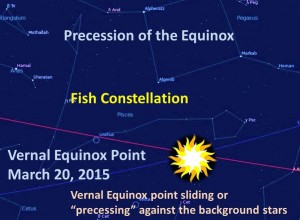 equatorial line from south to north in Northern Hemisphere. This is Zero Aries or 0° Aries. Our imagery will soon be shifting to that of the Water-Bearer as the end of the “Age of the Fish” nears. What will the imagery be? How will we honor that time of the Turning of the Ages?
equatorial line from south to north in Northern Hemisphere. This is Zero Aries or 0° Aries. Our imagery will soon be shifting to that of the Water-Bearer as the end of the “Age of the Fish” nears. What will the imagery be? How will we honor that time of the Turning of the Ages?
Many of us feel an acceleration of events and changes, both personally and on a global scale. As a Shamanic Astrologer, most of the people that come to me for counseling and/or readings, are on the leading edge or front lines of adapting, shifting, participating in their communities in ways that support and otherwise help others face the challenges and stresses of our time. This Vernal Equinox gives us another opportunity to gather together and celebrate, honor and recognize our continuing evolution of our souls. The challenges and stresses need not be buried but brought out to the light, which in turn gives us an opportunity to meet the roots of the challenges, be it fears or something else.
One certain way to honor the Vernal Equinox is to acknowledge its meaning in not resisting full tide of our soul’s evolution to a new state, new training and entering into the unknown. We can see how the Sun crosses over the equatorial line “As Above” to ceremonialize that moment “So Below” from winter to spring, from the seed to the bloom and from the egg to a youngling. Where Winter Solstice marks the creation of the seed or egg, the Spring Equinox marks the transition to the abundant energy of the child, growing fast and flowering bright.
_____________________
By Erik M Roth, Shamanic Astrologer 3/18/2015
References:
Hamlet’s Mill by Giorgio de Santillana and Hertha von Dechend
Shamanic Astrology Handbook by Daniel Giamario with Cayelin Castell
The Complete Gods and Goddesses of Ancient Egypt by Richard Wilkinson
Star Lore by William Tyler Olcott
When the Dragon Wore the Crown by Don Cerow
Astronomical Calendar 2015 by Guy Ottewell
Astrological Signs the pulse of life by Dane Rudhyar
Fingerprints of the Gods by Graham Hancock
Brady’s Book of Fixed Stars by Bernadette Brady
Solar Fire Gold v9 astrology software by Esoteric Technologies
Stellarium software by Free Software Foundation, Inc

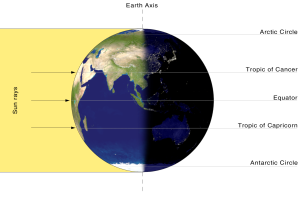
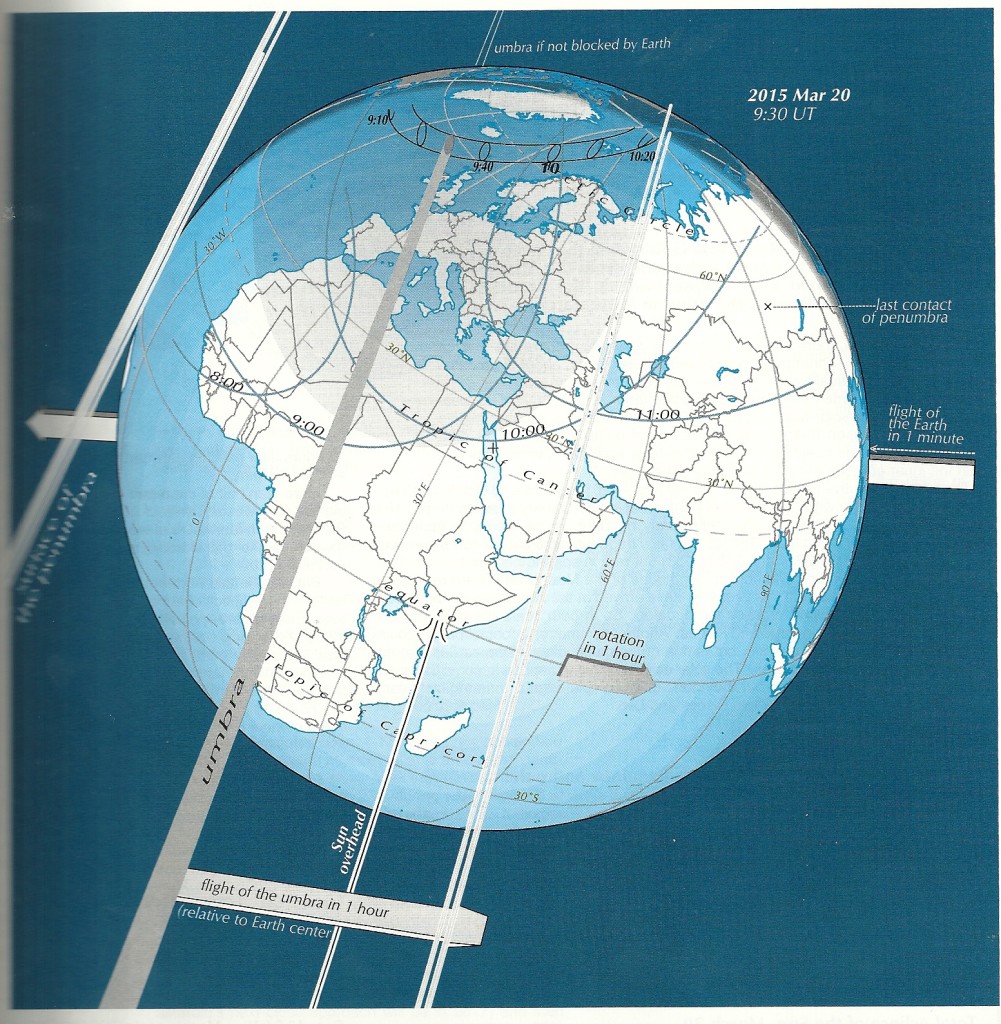

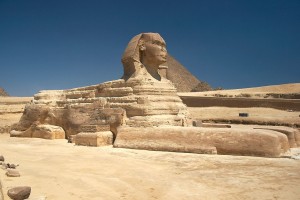
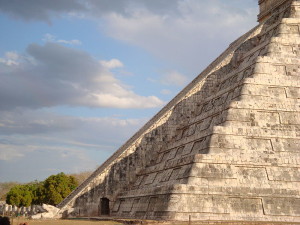
WOW! Great thoughtful post my dear! I learned so much!
PS, How will I every learn all this stuff!!!??